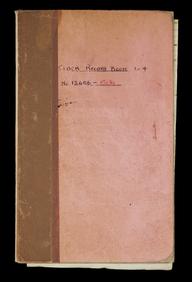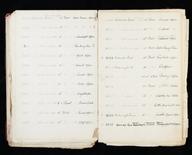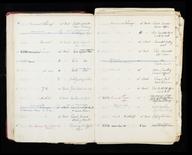

British Railways: North Eastern Region
Railways in Britain were nationalised under the terms of the Transport Act 1947 which came into effect on 1 January 1948. The Railway Executive, a corporate body subordinate to the British Transport Commission, was created to manage and operate the railways. It divided them into six geographical regions, largely based on the areas served by the pre-nationalisation railway companies.
Between 1948 and 1952 the regional manager of the North Eastern Region was responsible to the Railway Executive for day to day operations in his region. After the Railway Executive was abolished in 1952, he reported to the British Transport Commission (BTC). In 1963, BTC itself was abolished and replaced by British Railways Board (BRB). Between 1963 and 1968 was a statutory board in accordance with the provisions of the Transport Act 1962, subordinate to and reporting to BRB.
The North Eastern Region was a near direct post-nationalisation descendant the London North Eastern Railway (LNER) and covered a similar geographic area . The former LNER lines in England were subdivided into the Eastern Region and the North Eastern Region. The North Eastern Region covered everything east of the Pennines from the Humber to the Scottish border including the northern section of the east coast main line (York, Newcastle and Berwick). The main lines included the northern LNER lines in England and all ex-LMS lines east of Skipton. With both Hull and the Tyne ports and the industrial areas of Yorkshire, Durham and Northumberland this region handled a considerable quantity of heavy freight.
In 1958 in a major re-drawing of the region boundaries The North Eastern Region gained former London Midland Scottish (LMS) lines that lay in the present-day West and North Yorkshire.
The North Eastern Region was disbanded and merged with the Eastern Region in 1967 and the region's headquarters in York became the new headquarters.









